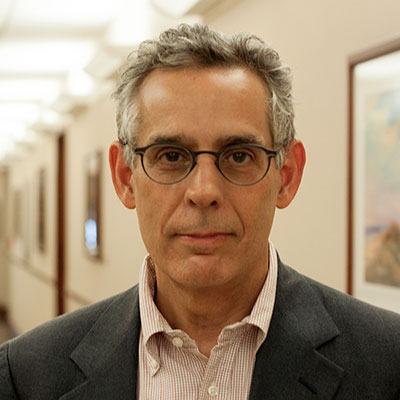Jeff Aubé, Ph.D.
Distinguished Professor, Center for Integrative Chemical Biology and Drug Discovery
Professor, UNC Department of Chemistry
 PHONE
PHONE(919) 966-9650
jaube@email.unc.edu
ADDRESS
3008 Marsico Hall, 125 Mason Farm Road, CB# 7363, Chapel Hill, NC, 27599
DOWNLOAD CV
Jeffrey Aubé, Ph.D., joined the UNC Eshelman School of Pharmacy faculty as a Professor in the Division of Chemical Biology and Medicinal Chemistry in the summer of 2015. In addition to holding a joint appointment in the Department of Chemistry, Aubé is a member of the Center for Integrative Chemical Biology and Drug Discovery.
Before joining the School, Aubé was a professor at the University of Kansas where he served as the director of their Chemical Methodologies and Library Development Center and their Specialized Chemistry Center. Prior to that, Aubé served as interim chair of KU’s Department of Medicinal Chemistry from 2003 until 2005.
Aubé has authored more than 220 publications, received more than twenty research and teaching awards, and has been invited to give more than 300 lectures.
The Aubé laboratory pursues an agenda that mixes innovation in basic chemistry (methodology, total synthesis, and physical organic chemistry) with a commitment to chemical biology and drug discovery.
Our interests in organic chemistry encompass organic synthesis methodology with a dash of natural product total synthesis, especially focusing on alkaloids. One of our signature accomplishments was the discovery of the intramolecular Schmidt reaction of alkyl azides, which has proved of enduring practical utility and evolving theoretical interest. We have devised variations of the process, including intermolecular versions of simple alkyl, “in situ tethering” of hydroxyalkyl azides, an asymmetric version, and domino variations.
In addition to our program in azide chemistry, we have maintained a sustained interest in other aspects of heterocyclic synthesis, with a strong emphasis on stereochemistry and mechanistic detail. Some highlights include an in-depth stereochemical analysis of stereochemistry of the oxaziridine to lactam rearrangement reaction, and study of single-electron transfer reactions of oxaziridines to generate nitrogen radicals. We seek to uncover new principles of physical organic chemistry through the in-depth study of our reactions.
Although not a major effort of our group, we have regularly pursued alkaloid synthesis in our project portfolio to test our chemistry in a challenging environment or to explore questions of reaction control. Targets have included yohimbine, indolizidine 223A, and stenine.
We also leverage our interest in making functional molecules to inform projects in chemical biology and medicinal chemistry, often in close collaboration with leading scientists with complementary expertise. Since many programs in modern drug discovery begin with screening, we have sought to design and construct small molecule libraries that provide alternatives to store-bought compound collections. Specific interests in this area include natural-product inspired libraries, collections that optimize stereochemical diversity in drug-like molecules, and new approaches to providing fragments for screening approaches informed by structural biology.
Our current portfolio of medicinal chemistry projects include the development of probe compounds and drug candidates for neuroscience applications, mostly focusing on agents designed to shed light on the intracellular signaling pathways at the kappa opioid receptor, and the evaluation of these pathways as targets of new drugs for addiction and depression (with Laura Bohn and Thomas Prisinzano). Several projects are devoted to the development of novel chemotherapeutic agents, such as:
- androgen biosynthesis inhibitors (with Emily Scott);
- inhibitors of protein–RNA interactions (with Liang Xu and Kristi Neufeld); and
- several approaches to arrest tumor metastasis in a targeted fashion.
Finally, we collaborate with a consortium led by Carl Nathan of the Weill–Cornell Medical College dedicated to the discovery of new cures for Mycobacterium tuberculosis.
- Yale University (New Haven, CT), 1984–1986
NIH Postdoctoral Fellow Department of Chemistry
Postdoctoral Adviser: Samuel J. Danishefsky, Ph.D. - Duke University (Durham, NC), 1980–1984
Ph.D. in Chemistry
Dissertation Adviser: Steven W. Baldwin, Ph.D. - University of Miami (Coral Gables, FL), 1976–1980
B.S. in Chemistry
Undergraduate Research Adviser: Robert E. Gawley

